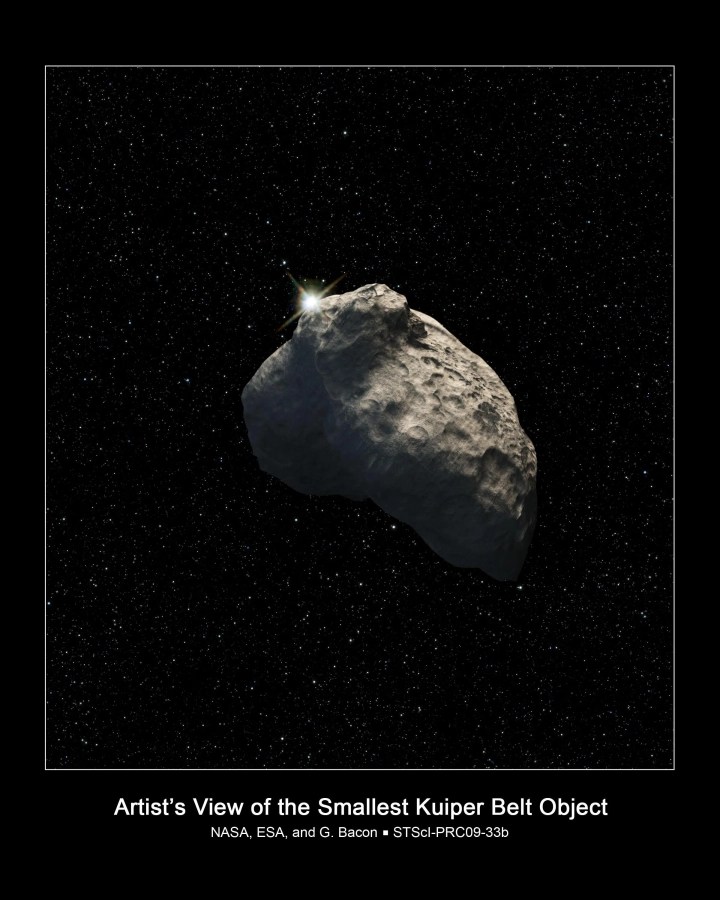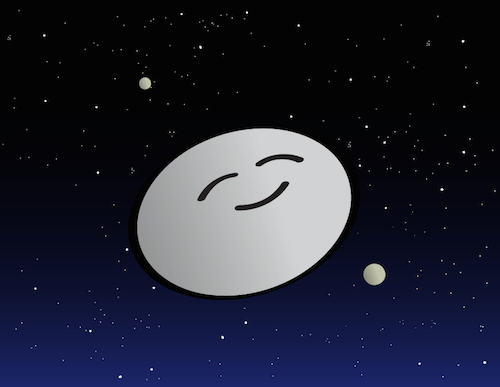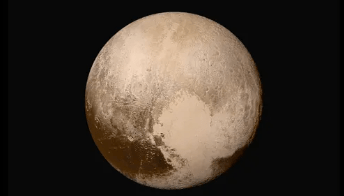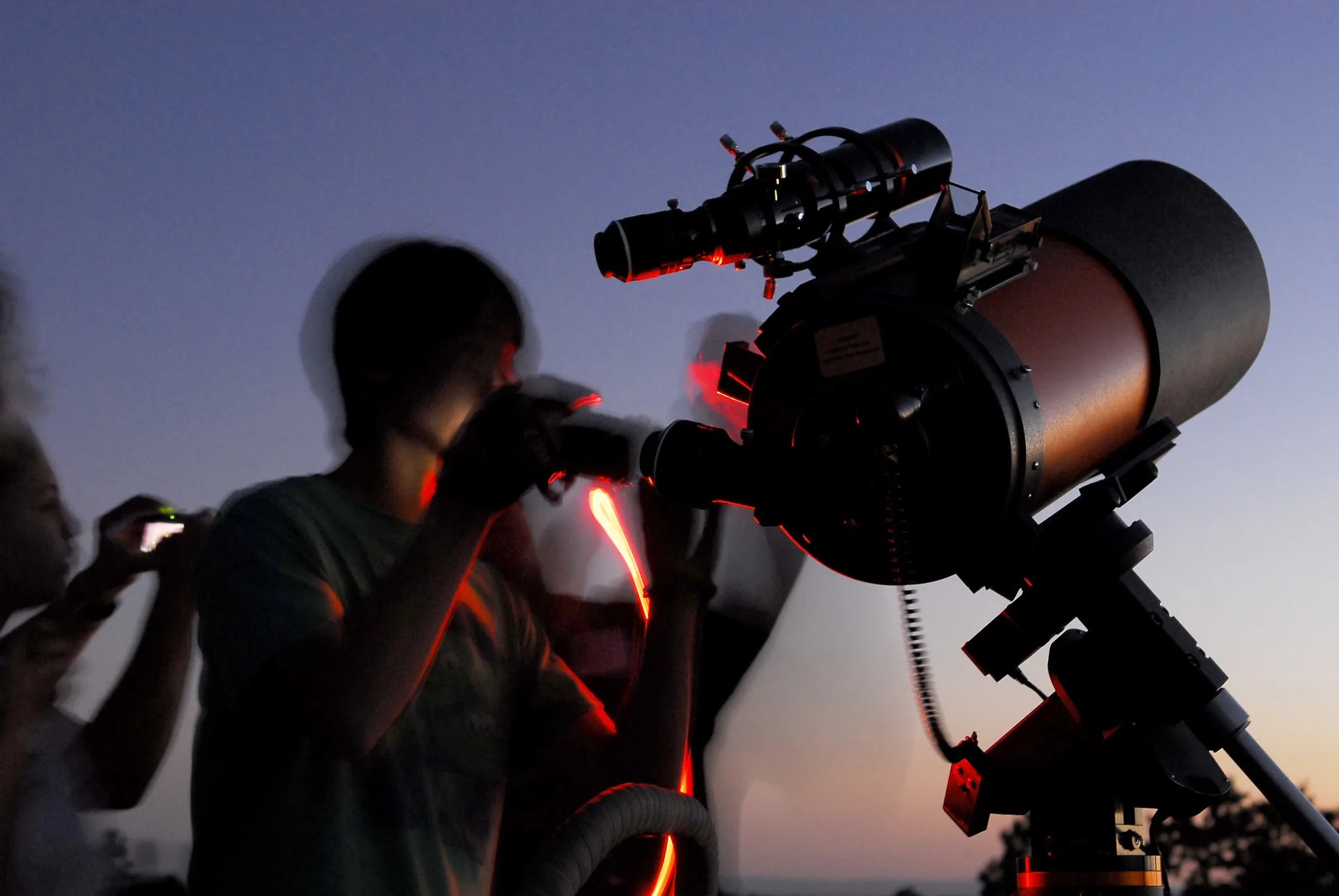Kuiper Belt Facts
The Kuiper Belt is a large, doughnut-shaped region of icy bodies extending far beyond the orbit of Neptune.
The Kuiper Belt is home to Pluto and Arrokoth. Both worlds were visited by NASA's New Horizons spacecraft. There may be millions of other icy worlds in the Kuiper Belt that were left over from the formation of our solar system.
Get the Facts
Kuiper Belt Exploration
Most of what we know about the Kuiper Belt comes from ground-based telescopes and the Hubble Space Telescope.
Only one spacecraft has visited the Kuiper Belt. NASA’s New Horizons flew past Pluto in July 2015 – sending back the first clear, close-up images of the tiny world. On Jan. 1, 2019, the spacecraft flew by a Kuiper Belt object later named Arrokoth.
Explore the Kuiper Belt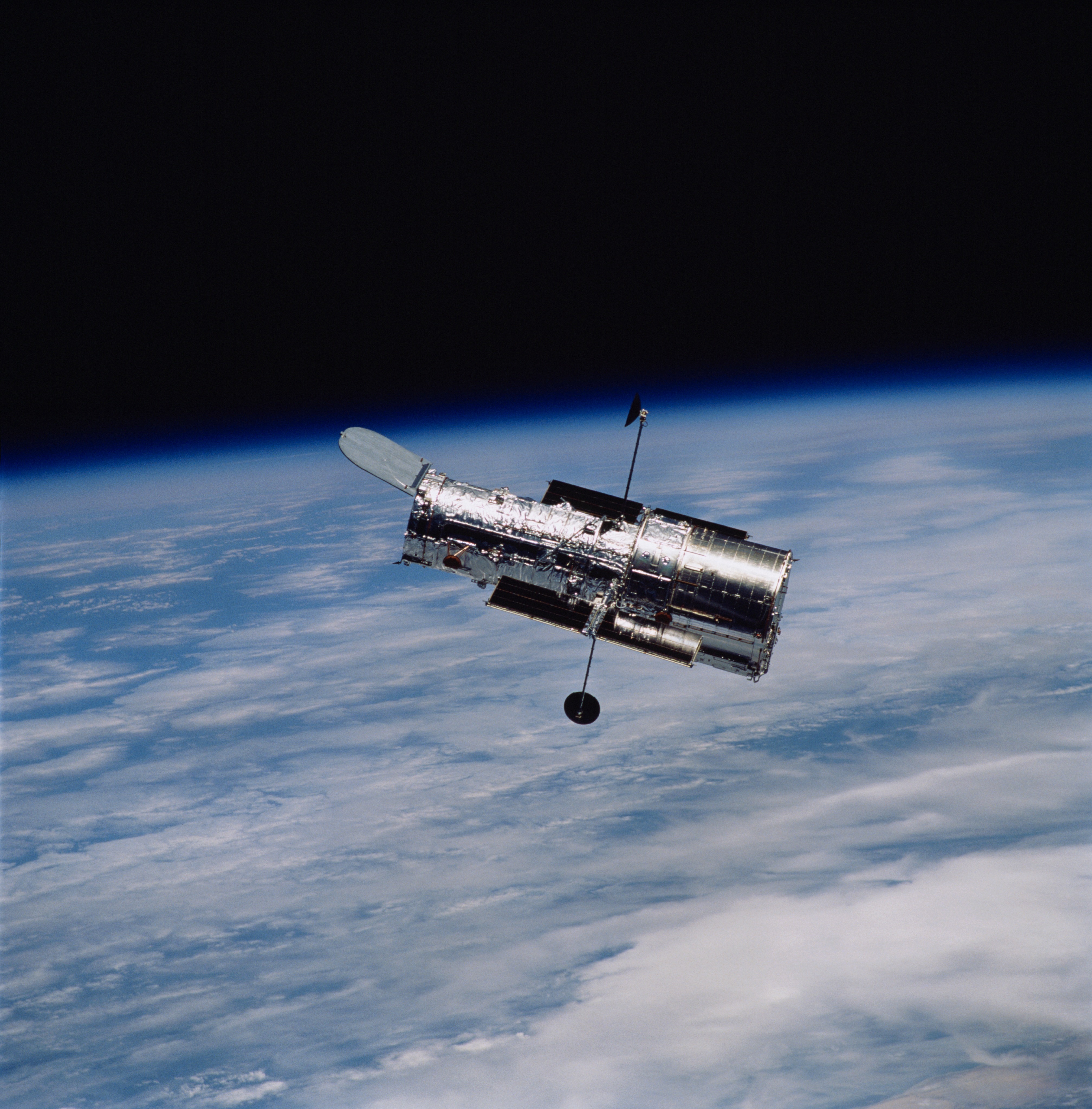
10 Things to Know About the Kuiper Belt
It's vast and mysterious, cold and dark. It's a place we've only just begun to explore. Here are 10 things…
Read the Story










